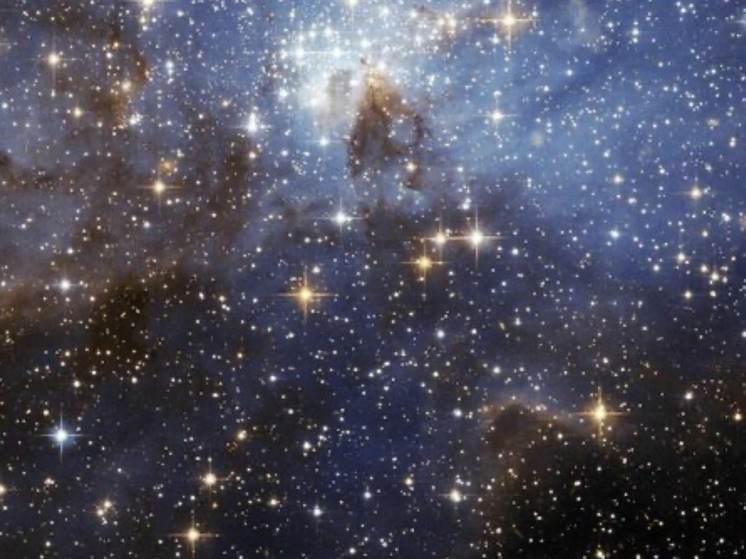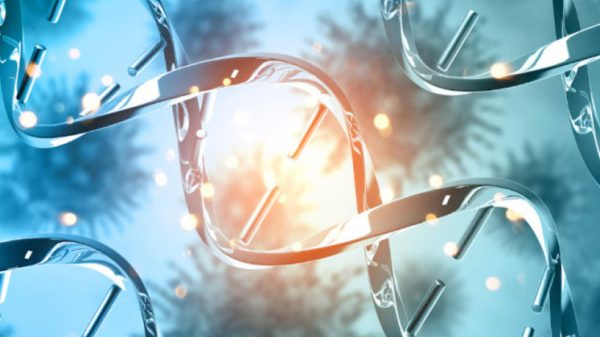Scientists have yet to uncover the true nature of the unusual world's atmosphere
Astronomers using the Hubble Space Telescope have discovered water molecules in the atmosphere of a small, hot exoplanet located 97 light-years from Earth.< /p> 
According to a new study, the planet, named GJ 9827d, is about twice the diameter of Earth and is the smallest exoplanet to have water vapor found in its atmosphere.
Water is essential for life as it is. as we know it, but the planet is unlikely to support any kind of life due to searing temperatures that would turn the water-rich atmosphere into scalding steam, CNN notes.
Astronomers have yet to uncover the true nature of this unusual world's atmosphere, but the discovery paves the way for further research as scientists seek to understand the origins of planets beyond our solar system.
The results appeared in a report published Thursday in the Astrophysical Journal Letters .
“Water on such a small planet is a landmark discovery,” study co-author Laura Kreidberg, managing director of the Division of Atmospheric Exoplanet Physics at the Max Planck Institute for Astronomy in Heidelberg, Germany, said in a statement. “This is closer than ever to characterizing truly Earth-like worlds.”
However, the planet's temperatures reach 800 degrees Fahrenheit (427 degrees Celsius), making it a sweltering, inhospitable world as hot as Venus.
“This would be the first time that we could directly show through atmospheric detection that these planets with water-rich atmospheres could actually exist around other stars,” said study co-author Björn Benneke, a professor at the Trottier Institute for Exoplanet Research at the University of Montreal. “This is an important step toward determining the prevalence and diversity of atmospheres on rocky planets.”
Currently, the research team cannot say whether Hubble detected traces of water vapor in a dense, hydrogen-rich atmosphere, or whether the planet has a rich water atmosphere because the host star evaporated the original hydrogen-helium atmosphere of GJ 9827d.
“Our observing program, led by principal investigator Ian Crossfield of the University of Kansas in Lawrence, Kansas, was designed specifically to not only detect molecules in the planet's atmosphere, but also search for water vapor itself,” said lead author Pierre-Alexis Roy, a doctoral student. Trottier Institute of the University of Montreal, the statement said. “Any result would be exciting, whether water vapor is dominant or just a tiny species in a hydrogen-dominated atmosphere.”
NASA's Kepler mission first discovered a planet orbiting a red dwarf star in the constellation Pisces in 2017. The exoplanet orbits its host star once every 6.2 days.
Astronomers observed GJ 9827d during 11 transits, or periods when the planet orbited its star, over three years. Starlight penetrating the planet's atmosphere helped astronomers measure the signature of water molecules.
“Until now, we have not been able to directly detect the atmosphere of such a small planet. And now we are gradually moving to this regime,” notes Benneke. “At some point, as we study smaller planets, there should be a transition where these small worlds no longer have hydrogen and they have an atmosphere more like Venus (which is dominated by carbon dioxide).”
Understanding a planet's atmosphere can help astronomers pinpoint what type of planet GJ 9827d is. The team currently has two possible theories.
It is possible that the planet is a mini-Neptune with a hydrogen-rich atmosphere containing water vapor. If so, then GJ 9827d likely formed at a greater distance from its host star than its current location, meaning the planet was cooler and water was present in the form of ice (similar to Neptune and Uranus, the most distant planets in our solar system ).
As the planet migrated closer to its star and was exposed to more stellar radiation, the hydrogen warmed up and escaped, or is still escaping, according to the researchers.
Or astronomers suspect that GJ 9827d may be a warmer version of Jupiter's icy moon Europa, which contains an ocean beneath a thick icy crust. The planet could be half water and half rock, Benneke said.
Water is one of the most common molecules found in the universe, and for years astronomers have included detecting water as an important part of the search for life beyond Earth, CNN recalls.
“Water observation is the path to the search other things,” said study co-author Thomas Green, an astrophysicist at NASA's Ames Research Center in California's Silicon Valley. “This Hubble discovery opens the door for future study of these types of planets by the James Webb Space Telescope. It can see much more with additional infrared observations, including carbon-containing molecules such as carbon monoxide, carbon dioxide and methane. Once we have a complete list of the planet's elements, we will be able to compare them with the star it orbits and understand how it formed.»
Astronomers have already observed GJ 9827d using the Webb telescope in search of water and other types of molecules, and this data will be shared in the future.
“We can't wait to see what this data reveals,” says Laura Kreidberg. “I hope we can now resolve the issue of water worlds once and for all.”






















































Свежие комментарии